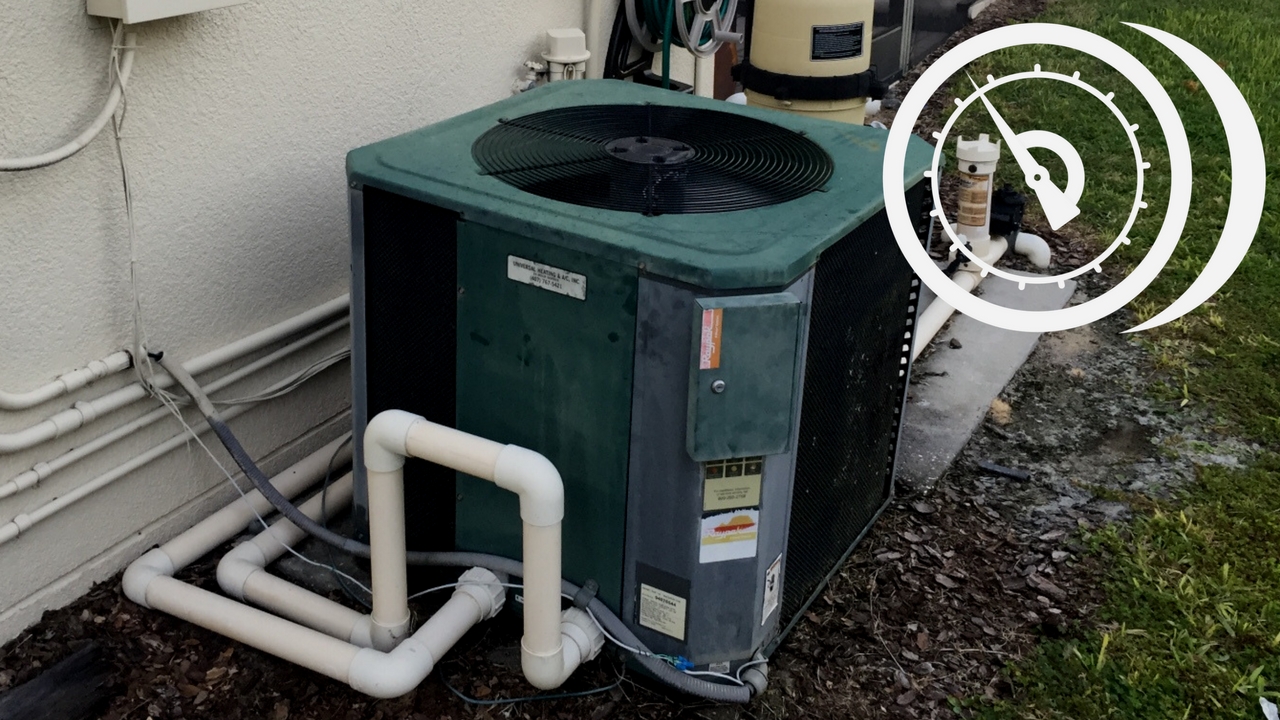Get Tech Tips
Subscribe to free tech tips.
Averaging Thermistors and How They Work

There was a question in the Facebook group a few days ago about averaging sensors. There are two common configurations/methods used for averaging. The first is simply a setting in a thermostat or control where it reads separate sensors, and then the thermostat itself averages out the readings using its software.
For example, if the onboard sensor is being averaged with a remote sensor, it could look like this:
Onboard Sensor = 78°
Remote Sensor = 82°
78° + 82° = 160°
160° ÷ 2 = 80°
So, the average temperature is 80° between the onboard sensor and the remote sensor. This could be handy if the remote sensor is in one room with a different solar or equipment load than the other, but there is no automatic damper to separate the zones.
The other strategy is to simply wire sensors as averaging, which has nothing to do with the thermostat or control and everything to do with Ohm's law and the nature of parallel and series circuits.

A thermistor (temperature sensor) is a type of resistor that changes resistance based on temperature. There are many different types of thermistors, but for this strategy to work, they all need to have EXACTLY the same thermistor properties.
You probably already know that the resistance increases when you connect resistors in SERIES (out of one into the next). So, if you connect a 5,000-ohm resistor in series with another 5,000-ohm resistor, they would have a resistance of 10,000 ohms.
What you may not know is that when you connect two resistors in PARALLEL, you give the electrical current two paths, which decreases the resistance. In fact, if you connect two 5,000-ohm resistors in parallel, the total resistance would be halved (2,500 ohms).
This property of Ohm's law and parallel/series circuits means that we can easily average out thermistor temperatures so long as they are all the same, all the connections are good, and we don't have runs that are too long, as this will add in resistance and throw off the readings.
Take a look at the image at the top.
All you need to do is have the same number of sensors in parallel that you have in series, and Ohm's law does the work. We don't need to have the thermostat do the math because the series sensors add together, and the parallel sensors divide.
This means you can have a few as four averaging sensors to as many as you want, so long as there are the same numbers of series and parallel sensors. That means that the total number of sensors will always be a square of a whole number.
2×2 = 4
4×4 = 16
5×5 = 25
So on and so forth…
This can come in handy when conditioning a large room with a single zone, but it is also somewhat troublesome because if any sensor fails, the thermostat or control will read incorrectly.
—Bryan










Comments
Is there a device or controller that can accept multiple thermistors and get the average??
Just wondering because if one of the thermistors goes bad you will loose the whole signal
Is there a device or controller that can accept multiple thermistors and get the average??
Just wondering because if one of the thermistors goes bad you will loose the whole signal
I am really impressed along with your writing abilities and also with the structure in your blog. Is that this a paid subject or did you customize it your self? Either way keep up the nice quality writing, it is uncommon to peer a nice blog like this one today!
I am really impressed along with your writing abilities and also with the structure in your blog. Is that this a paid subject or did you customize it your self? Either way keep up the nice quality writing, it is uncommon to peer a nice blog like this one today!
To leave a comment, you need to log in.
Log In